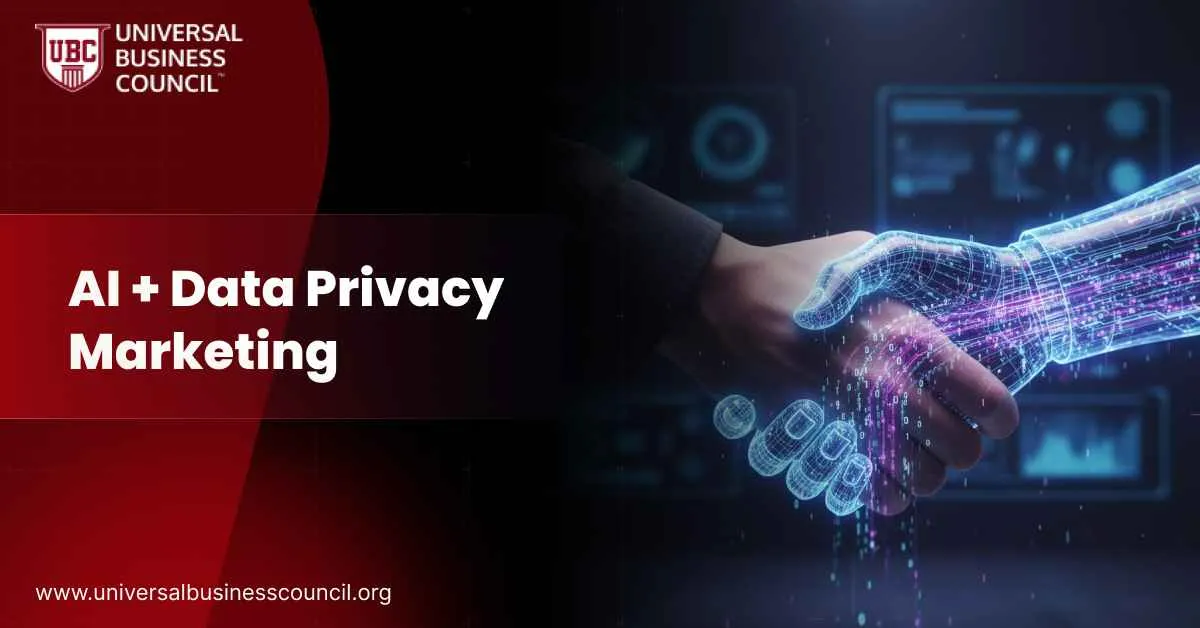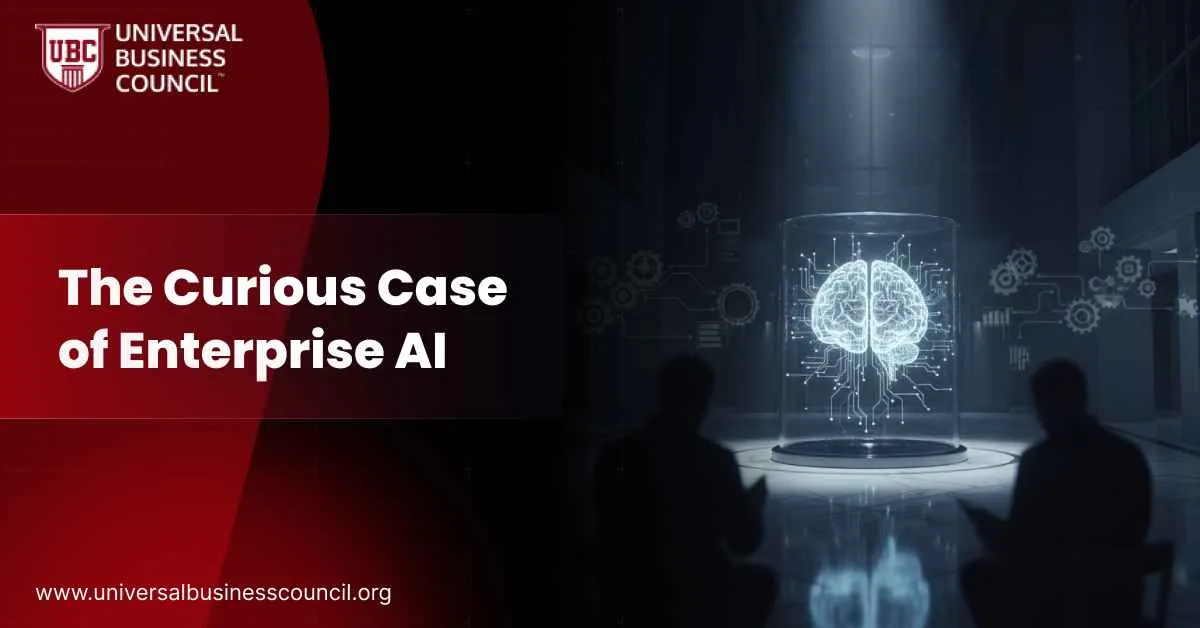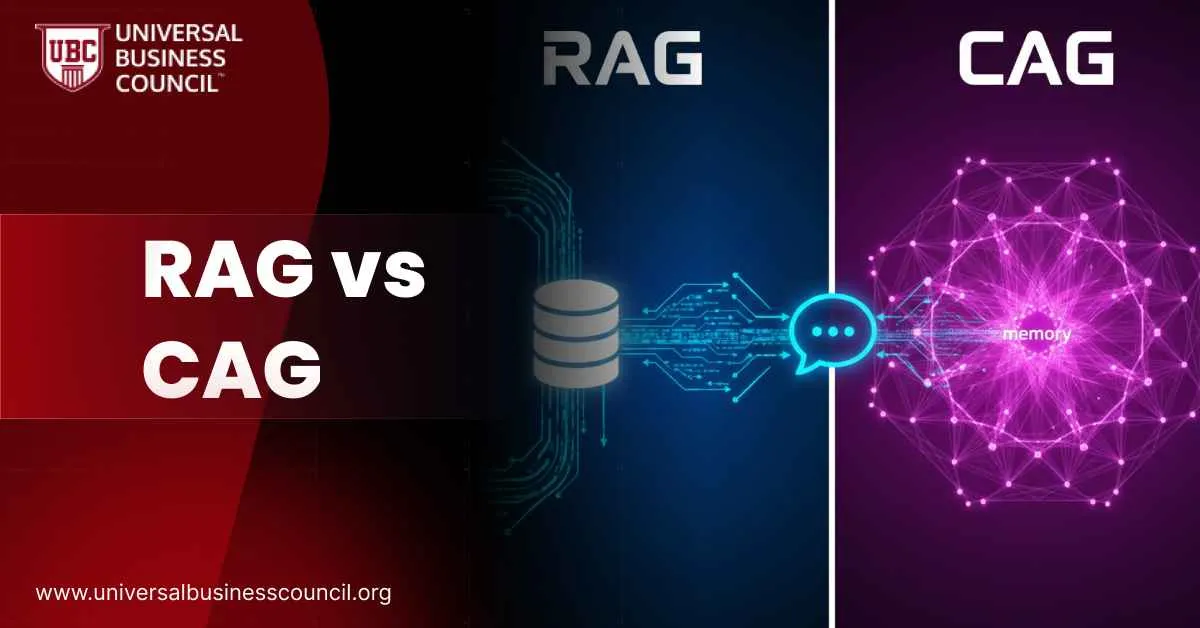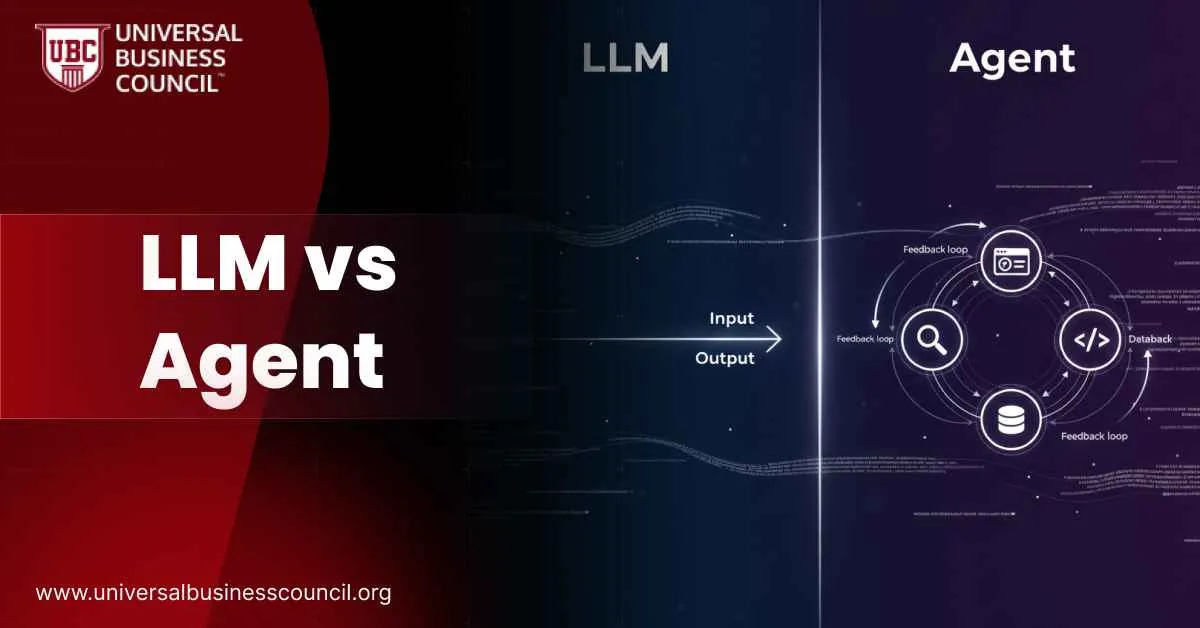 Data privacy is no longer a side issue in advertising—it’s the core of how campaigns are built. With third-party cookies being phased out and regulations like GDPR and CCPA reshaping the landscape, businesses are shifting to first-party data as their most valuable resource. AI now plays a crucial role in turning this secure, consent-based data into personalized campaigns that respect privacy while delivering strong results. For professionals aiming to master this balance between AI innovation and customer trust, a Marketing and Business Certification is a strong next step.
Data privacy is no longer a side issue in advertising—it’s the core of how campaigns are built. With third-party cookies being phased out and regulations like GDPR and CCPA reshaping the landscape, businesses are shifting to first-party data as their most valuable resource. AI now plays a crucial role in turning this secure, consent-based data into personalized campaigns that respect privacy while delivering strong results. For professionals aiming to master this balance between AI innovation and customer trust, a Marketing and Business Certification is a strong next step.
Why First-Party Data Is Taking the Lead
First-party data comes directly from customers through websites, apps, loyalty programs, or surveys. Unlike third-party data, it is collected with user consent and is seen as more accurate, reliable, and ethical. As browsers phase out third-party cookies, marketers have no choice but to rely on their own data to fuel personalization. The advantage is clear: customers are more willing to engage when they understand how their data is being used and when it results in genuinely useful recommendations.How AI Uses First-Party Data for Campaigns
Personalized Targeting
AI models process data like purchase history, browsing activity, and engagement levels to serve ads that fit individual preferences. A retail customer who browses winter clothing online, for example, may see timely ads for seasonal jackets with relevant offers.Predictive Modeling
Machine learning algorithms forecast behaviors such as churn risk, repeat purchases, or interest in specific product categories. This allows brands to act before a customer drops off.Creative Optimization
AI uses first-party data to generate dynamic creatives, from personalized headlines to localized offers. This ensures that campaigns feel relevant and context-aware. For those who want to go deeper into the data pipelines behind these strategies, a Data Science Certification can provide the right technical grounding.Privacy and Security Considerations
Consent and Transparency
Since first-party data is collected directly, businesses must be clear about what data they collect, how it will be used, and why. Transparent opt-in forms and accessible privacy policies are now essential.Secure Storage and Handling
Encryption, anonymization, and data clean rooms are used to keep sensitive information safe while still enabling AI analysis. Data clean rooms, in particular, allow multiple datasets to be combined without exposing raw personal details.Privacy-Preserving Techniques
Technologies like federated learning allow AI models to be trained without directly sharing raw user data. This reduces the risk of breaches while still producing accurate predictions.Benefits of AI-Driven First-Party Data Campaigns
- Higher Trust: Customers are more comfortable sharing data when brands use it responsibly.
- More Accurate Targeting: First-party data reflects real customer interactions, not purchased guesses.
- Regulatory Compliance: Safer campaigns that reduce the risk of fines or lawsuits.
- Better ROI: Clean data combined with AI optimization leads to fewer wasted impressions.
- Sustainable Strategy: First-party data gives businesses long-term independence from external providers.
Real-World Examples
- Spectrum Reach Architect: Introduced AI-powered insights for advertisers using privacy-protected first-party data, helping brands plan media campaigns more effectively.
- Retail and CPG Brands: Many are using loyalty program data to generate targeted offers, increasing both engagement and repeat purchases.
- Direct-to-Consumer Campaigns: By feeding purchase data into generative AI, companies are building tailored experiences that align with individual buyer journeys.
Challenges and Risks
- Regulatory Pressure: Failure to comply with GDPR or CCPA can result in major penalties.
- Consumer Expectations: Over-personalization risks making people feel uncomfortable or spied on.
- Data Quality: Incomplete or messy first-party datasets can limit AI effectiveness.
- Technical Complexity: Building secure data pipelines, managing consent records, and implementing clean rooms require significant investment.
- Scalability: For smaller businesses, collecting enough high-quality first-party data can be a hurdle.
AI + Data Privacy Marketing
| Element | Explanation |
| Definition | Campaigns powered by AI using secure, consent-based first-party data |
| Core Drivers | Cookie phase-out, privacy regulations, consumer demand for transparency |
| Key Uses | Personalized targeting, predictive modeling, creative optimization |
| Privacy Tools | Encryption, anonymization, data clean rooms, federated learning |
| Benefits | Higher trust, accuracy, compliance, sustainable data strategy |
| Challenges | Regulation, data quality, complexity, over-personalization risks |
| Examples | Spectrum Reach Architect, loyalty-based retail campaigns |
| Metrics | ROI, customer retention, consent opt-in rates, engagement |
| Emerging Practices | Unified CDPs, real-time data activation, privacy-preserving AI |
| Future Outlook | First-party data becoming the gold standard for AI-driven marketing |




Leave a Reply